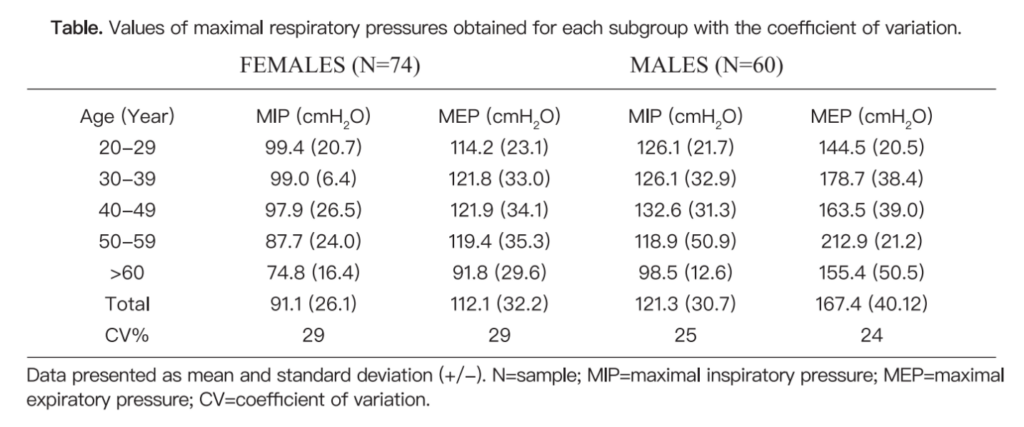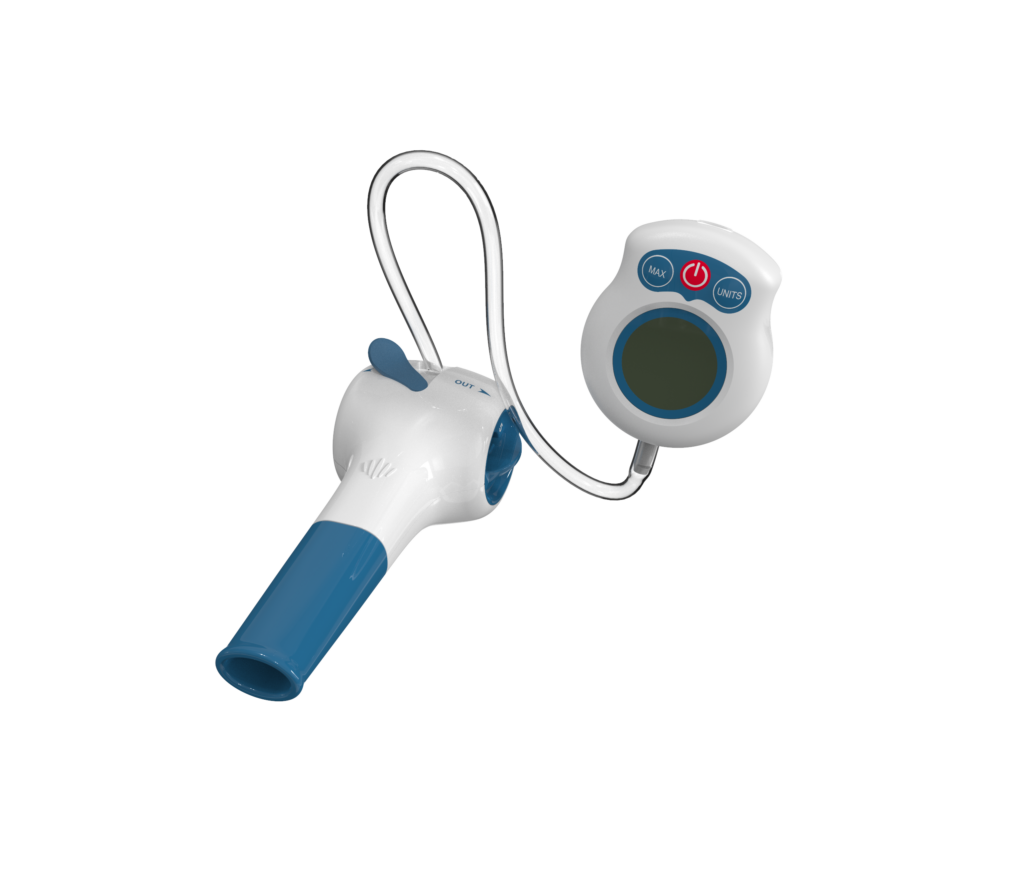People usually mention MIT and MET when they talk about breathing training. What is What is Inspiratory Muscle Training (IMT)? IMT stands for inspiratory muscle training with resistance which enhances the muscles while breathing in. Reversely, MET is expiratory muscle training in the same way as resistance. The respiratory muscle training results can be monitored after a regular training session is finished. Under the breath training course designed for individuals according to their physical conditions, users can get their respiratory muscle strength, duration, lung vital capacity, and ventilation improved by constant respiratory training.
Which muscles can be enhanced and improved by respiratory muscle training
Let’s see which muscle groups are participating during a breathing action, The diaphragm muscle is the main muscle worked on breathing. The inter intercostal and outer intercostal muscles, these muscles play a role in breathing during physical activity, and abdominal muscles help you breathe out when you are breathing fast, such as during intense physical activity.
Benefits of Inspiratory Muscle StrengthTraining &Expiratory Muscle Strength Training.
IMST:
Can improve lung volumes- which supports
swallowing and speech ability
Helps to improve the lung capacity and lung ventilation may improve vocal cord opening assist in weaning from vent(should be carried out under doctor’s indications)Improve the quality of life for people withheart failure
Reduce Dyspnoea
Pulmonary rehabilitation
Relaxation
Mindfulness and concentration
EMST
Improve cough strength Supahyoid complex activation Vocal cord closure more efficient for O,-CO, gas exchange and normal body processes like speaking, coughing, and swallowing. Train the upper airway muscles necessary for speech, airway clearance, and expectoration train trunk muscles for the body’s flexibility and rotation. Prevent aspiration pneumonia(AP) for better health. Clear communication, and improved quality of life(QoL). Reach full potential during competition and stage performances with the help.·Pulmonary rehabilitation
Beyond all that, training with Sonmol Respiratory Muscle Trainer with an electronic can also help you improve concentration and mindfulness, relaxation, and mental health.
Purpose and Scope
This user manual presents respiratory muscles training’s benefits and intended use, user scopes. It illustrates the efficiency of doing inspiratory muscles training (lMT) and expiratory muscles training (EMT)You will learn how to do breathing exercises with Sonmol respiratory muscle trainer (RMT).A manometer is combined with this RiMT device, which aims to help you set the training goals and compare the training performance of different training periods, it acts to be the best guide to know your Maximum Expiratory Pressure (MEP).
Carrying out EMT exercises will help you improve your PEF (Peak Expiratory Flow) after increasing your MEP. If you may be interested in evaluating your PEF after knowing your MEP, you can get a Sonmol Digital Peak Flow Meter for your PEF and FEV1 evaluation.Quo. 1:
Andrew D Ray et al. Stated “Maximal inspiratory pressure and expiratory pressure (mean ± SD) increased35% + 22% (P<.001) and 26% + 17% (P<.001), respectively, whereas no changes were noted in the control group (12% + 23% and -4% + 17%, respectively). RiT improved fatigue (Modified Fatigue impact Scale,P<.029), with no change or worsening in the control group.” in A Combined Inspiratory And expiratory Muscle Training Program improves Respiratory Muscle Strength And Fatigue In Multiple Sclerosis.
Quo.2:
We found the following table in predictive equations for respiratory muscle strength according to international and Brazilian guidelines of Isabela M. B. S. Pessoa et al.:

Authorized by Peakflowmeters.com, a professional manufacturer of respiratory medical devices, an OEM service provider, and a supplier of remote patient hardware in the respiratory medical industry. Our goal is to promote awareness about training respiratory muscles, emphasizing the benefits and encouraging users to engage in respiratory muscle exercises.

